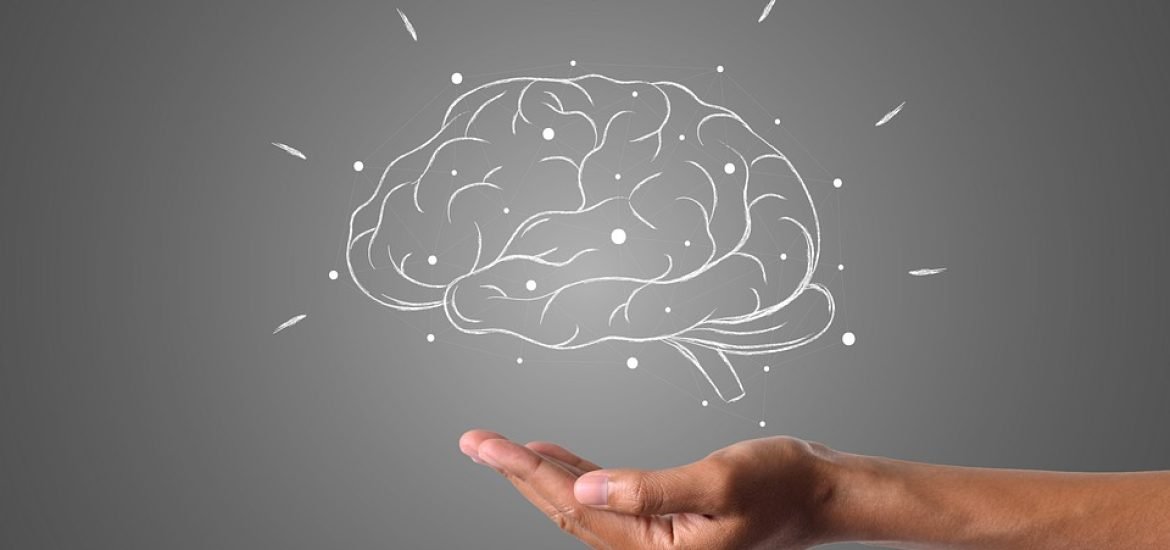
A research team from the Champalimaud Foundation in Lisbon, Portugal, discovered a new mechanism in the brain to help us learn new skills, according to a study published in the scientific journal Science Advances (1).
Learning a new skill is vital for us. From playing the guitar to driving a car, we cannot imagine our lives without learning new skills. Most of it relies on the cortex, the outermost part of the brain. This is the ultimate multi-tasker, controlling anything from language to memory and speech. However, to perform all these tasks, it needs connections to other regions in the brain.
“We were particularly interested in two major types of cells in the cortex, known as IT (intratelencephalic) and PT (pyramidal tract) neurons,” said Nicolas Morgenstern, from the Champalimaud Foundation. “Both IT and PT cells send signals from the cortex to another area buried deeper in the brain, called the striatum. These ‘cortico-striatal’ connections (i.e., connections from the cortex to the striatum) are very important for motor learning and have been implicated in movement disorders like Parkinson’s disease”.
In the striatum, the most important players for this story are the spiny projection neurons (SPNs), which represent 95% of all the neurons in this area. The researchers wanted to understand how IT and PT cells from the cortex “talk” to the striatum via the SPNs. “We wanted to understand the different roles of IT and PT cells in this brain circuit, which is so important for motor learning and behaviour,” said Morgenstern.
To achieve this, the team used a common technique for neuroscientists called optogenetics. This method is used to control the activity of target cells using light. Using this approach, the authors genetically engineered IT and PT cells in mice, which allowed them to activate these cells using optogenetics and then observe the effects on the SNPs in the striatum.
While recording neurons at work, the team unveiled a novel neural pathway with a new player: striatal cholinergic interneurons (CHIs). In simple terms, these neurons act as the “middle man” between PT cells and SNPs. “We found that PT cells preferentially connect to CHIs, which indirectly activated SPNs,” said Morgenstern.
Digging a little deeper, the researchers realised that when activated by PT neurons, CHIs release a neurotransmitter called acetylcholine (ACh), which in turn excites SPNs. This shows that SNPs are excited twice in this process: first, using a direct route between IT and SPN, and second, via this new indirect pathway using SPN and ChI, amplifying the initial step.
The exact purpose of this second indirect route is not entirely clear yet, but the authors say it can help us learn. “This second excitatory phase mediated by PT neurons could be important for inducing long-lasting changes in the strength of specific connections, via the neurotransmitter ACh,” said Morgenstern. This is exactly what learning is: repeat a new skill enough times, and it will eventually feel like second nature. This is thanks to changes in specific connections between neurons that —as they get stronger —help us feel more confident in our own abilities. It seems that this indirect process is there to make us learn better.
(1) Morgenstern N, Isidro A, Israeli I, Costa R (2022) Pyramidal tract neurons drive amplification of excitatory inputs to striatum through cholinergic interneurons. Science Advances, DOI: 10.1126/sciadv.abh4315